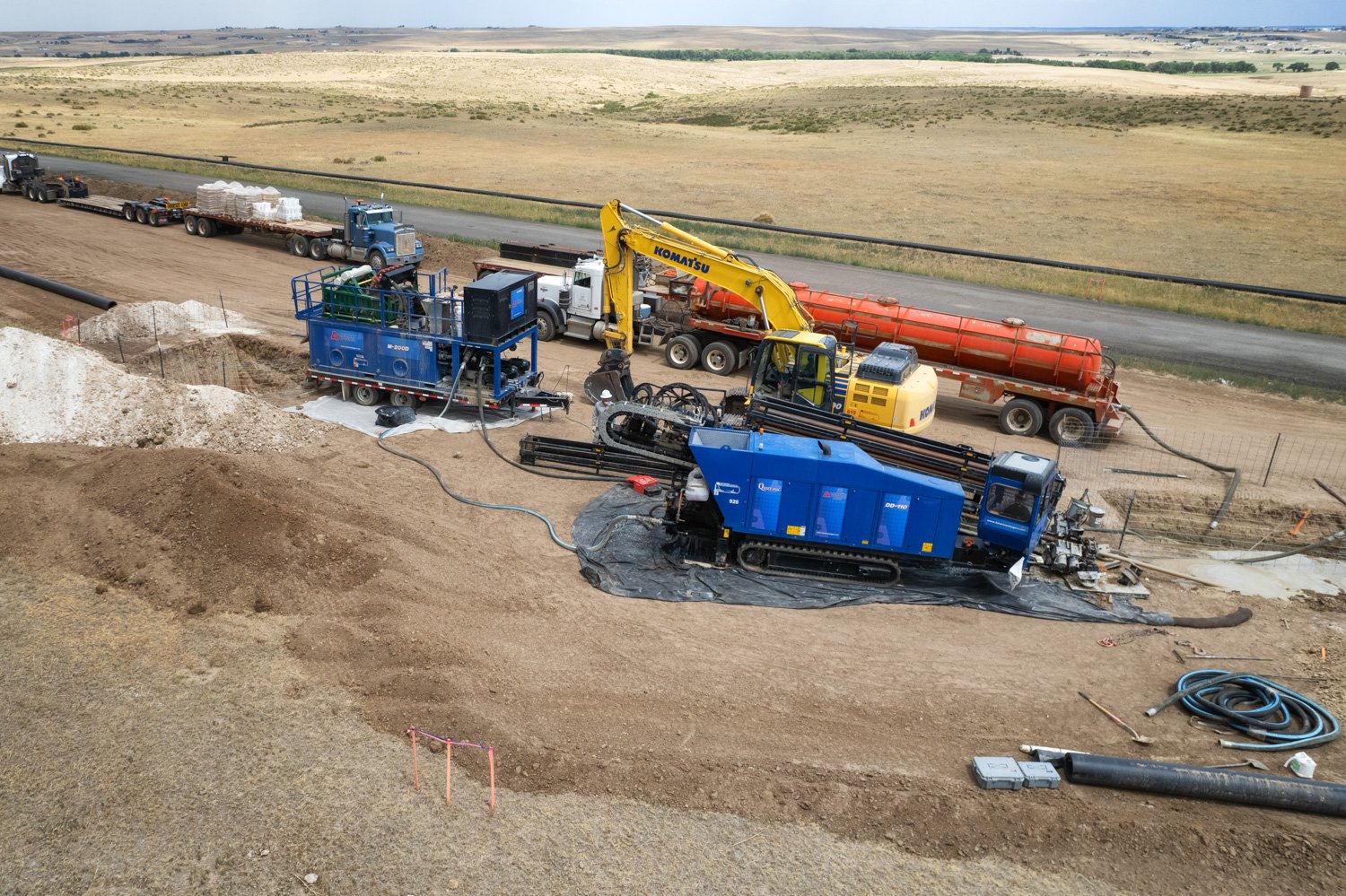When Straight Is Not Enough: This Case for Guided Boring

In an era where construction must evolve to meet the demands of city expansion and ecological concerns, traditional drilling techniques often are insufficient. When https://output.jsbin.com/vecotalulo/ comes to installation projects that require precision and minimal disruption, horizontal drilling emerges as a revolutionary approach. This groundbreaking method enables drilling at an incline or along a curved path, allowing operators to maneuver around barriers and access otherwise unreachable areas.
For those new to the industry, comprehending what directional drilling entails is crucial. From its evolution in technology to its various applications across sectors, such as oil and gas, utility installation, and renewable energy, directional drilling is reshaping how we approach challenging projects. With advantages that include reduced surface disruption, time efficiency, and environmental advantages, it's clear that when straight isn't enough, the ability to drill with direction opens up a new realm of options.
Comprehending Directional Drilling
Horizontal drilling is a process used to create wells at different angles rather than just vertically. This approach allows operators to reach unconventional oil and gas reserves that are located beneath structures such as facilities, rivers, and ecological protection areas without affecting the surface. By adjusting the angle of the drilling path, horizontal boring enables access to commodities that would otherwise be difficult or impossible to reach using classic vertical drilling methods.
The process initiates with careful planning, where professionals determine the best bore path based on earth and commodity locations. Sophisticated technology such as subsurface motors and turning steerable systems helps to direct the course of the drilling bit while drilling. This accuracy is crucial, especially in city environments where drilling must dodge existing structures and minimize surface disruption.
Comprehending the mechanics of horizontal drilling also involves getting acquainted oneself with the types of boring fluids employed and surveillance systems that follow the hole's progress. These parts are necessary for ensuring that the drilling maintains the proper trajectory and for dealing with challenges that may arise during the boring process, such as altering soil factors or facing unexpected geological structures.
Benefits of Directional and Horizontal Drilling Techniques
Directional drilling offers numerous advantages over traditional drilling methods, making it a popular choice for numerous fields. One of the key benefits is its capability to access targets that are not directly reachable from the top. By utilizing innovative equipment, horizontal drilling can maneuver around barriers and drill at different angles, allowing for effective resource extraction and infrastructure installation. This flexibility significantly enhances project feasibility in challenging environments, making projects much more efficient.
Another significant advantage of horizontal drilling techniques is the decrease in surface disruption. Unlike conventional vertical drilling methods, which requires extensive land clearing and may impact the surface greatly, directional drilling reduces the footprint of drilling. This is particularly important in city areas where preserving surface integrity is essential. By drilling horizontally or at angles, companies can deploy utilities, or other services without the requirement for extensive excavation sites, thus protecting the surrounding landscape and lessening environmental impact.
Cost-effectiveness is yet another persuasive benefit of horizontal drilling methods. While the initial costs might be greater due to sophisticated equipment and methods, the long-term savings are considerable. Horizontal drilling often lead to shorter project durations and reduced labor costs, making them financially sound. Additionally, the minimized ecological and surface disruption can lower the costs associated with cleanup and restoration actions, making directional drilling a smart investment for infrastructure and utility projects.
Future of Directional Drilling
The future of horizontal borehole drilling is set for significant advancements driven by tech advancements. As the industry embraces artificial intelligence and automated systems, the accuracy and effectiveness of borehole processes are poised for exponential improvement. AI programs can process vast amounts of information to determine ideal borehole paths and foresee challenges in the moment, allowing for greater accuracy and economical operations. This evolution not only improves project schedules but also minimizes risks associated with traditional drilling methods.
In conjunction to artificial intelligence, the integration of advanced sensors and software is revolutionizing how directional drilling is performed. Such technologies enable ongoing monitoring and observing of drill paths, making it easier for engineers to modify drilling strategies on the fly. Enhanced telemetry systems provide immediate responses, ensuring that operators can react to problems as they come up, ultimately leading to greater success rates and smoother task completion. As these advancements become increasingly popular, they will empower companies to address increasingly complicated and challenging drilling scenarios.
.jpg)
Furthermore, the increasing focus on green infrastructure is expected to influence the prospects of directional borehole drilling considerably. With environmental concerns at the center, the field is investigating environmentally friendly borehole fluids and practices that reduce the environmental impact. Directional drilling is currently recognized for its capacity to minimize surface interference, but subsequent developments will likely promote even more environmentally friendly practices. This alignment with sustainability goals will not only enhance the standing of the field but also create fresh prospects in sectors such as sustainable energy, where efficient borehole solutions are crucial.
